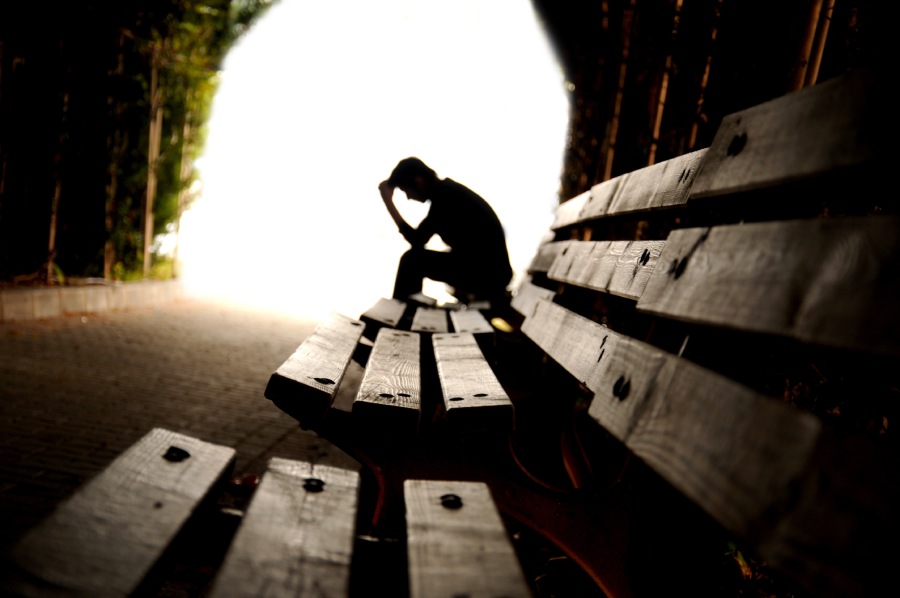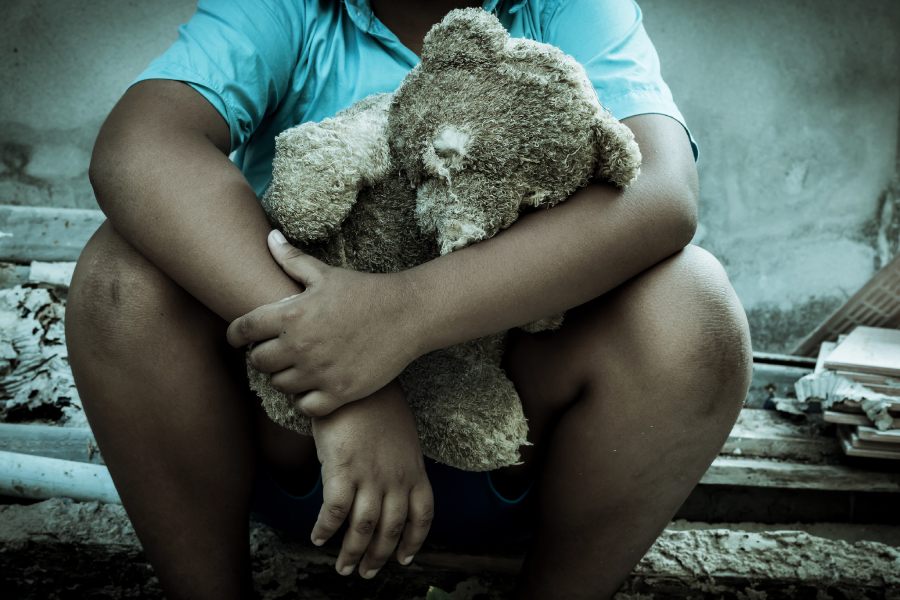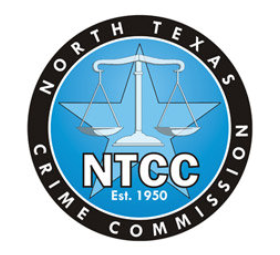
Though many Americans might not want to admit it—or perhaps they are simply unaware of it—human trafficking in America is not only a very real danger, but it is also a prominent one. It’s tough to accept, since there is a general mindset that this country has put its slavery problems behind it, but sadly, modern slavery is still active, and America is no exception to this reality.
It is true that there are many myths surrounding human trafficking, and the portrayals that we tend to be given do not accurately represent the real problem at hand. Because of this, it is not surprising that human trafficking in the United States goes unrecognized by many. This is not to say people look the other way because they are uninterested or not helpful, but rather, they aren’t as aware of the truth as they could be – the truth that there are significant human trafficking hotspots in America.
Human traffickers would prefer to keep it this way. As long as the average citizen not aware that instances of human trafficking happening on a daily basis, human traffickers can continue to hide and commit these atrocities more easily. But if more and more of us continue to increase our awareness and learn to separate the truths from the myths, then the window of opportunity for human traffickers will get smaller. And for this reason, it is important to know the truth about human trafficking in America.
Knowing the Facts
While there are statistics that can shed some light on the horrors of human trafficking in America, they do not povide a 100% accurate picture, because many incidents of human trafficking never go reported. Even so, human trafficking statistics in the United States and facts pertaining to the problem can be insightful and give some perspective.
For example, 10,583 instances of human trafficking in the United States were reported to the U.S. National Human Trafficking Hotline in 2020. This is a startling number and one that many people might be surprised to hear. But to make matters worse, this number doesn’t apply only to individuals, as situations of human trafficking often involve more than a single person. In those 10,583 reports, there were 16,658 victims.
Additionally, these numbers aren’t general in nature. While they reference the number of incidents and victims of modern slavery, they can be broken down further to demonstrate the motivations of the criminals at work. For instance, of those 16,658 victims, 10,836 were submitted to sexual exploitation. On the other hand, 3,583 were forced into labor situations.
It is common to think of human trafficking only in terms of sexual exploitation, but as you can see from the numbers, this is not entirely true. In fact, while the United States tends to have higher awareness numbers toward sex trafficking, there is belief amoung human trafficking experts that forced labor takes a larger percentage of the global slave market. And when it comes to sex trafficking statistics in the United States, there are other misconceptions at play.

Dispelling the Rumors
Though sex trafficking numbrs in the United States are higher than forced labor numbers, this doesn’t mean that these numbers pertain only to females. One of the biggest misconceptions about sex trafficking is that females are always the victims. This is not the case. In fact, LGBQT boys and young men are also vulnerable to sex trafficking. Additionally, children can be victims of sex trafficking as well. Victims of child trafficking in America tend to be about 15 years old on average.
Another myth that people tell themselves about human trafficking in America is that “it doesn’t happen where I live.” If only this were true, then human trafficking in America wouldn’t be the problem that it is today. While there are certainly places in America where human trafficking numbers are higher, the problem does not see borders or state lines. Human trafficking is an enterprise of criminals, so why would one assume they have limits to their locations?
This is especially true with the internet being such a prominent part of our lives. Traffickers don’t need to worry about location when hunting for victims. They prey on the vulnerable, and have methods of coercion that seem attractive or promising to a potential victim. This is how they “recruit” their victims, which is another common rumor that needs to be dispelled.
VIctims of human trafficking, in this country and in others, are not kidnapped from street corners by speedy vans, kept against their will in cages, sold to the highest bidder at a fancy auction, and then put to work in dark rooms. In fact, much of the interaction between victims and human traffickers occurs in public sight, at bars or sidewalk benches. Traffickers trick potential victims into trusting them, into believing they have support from this person, and aren’t aware of the reality of their situation, many times until it is too late. And it is for this reason that most people don’t recognize human trafficking in America happening right in front of them.
Join the Fight Against Human Trafficking
The vulnerable and the unaware need the help of others, and you can play a part. After all, it doesn’t take a single organization or governmental body to fight human trafficking in America. It takes all of us to keep our eyes open, report suspicious activity, lend support to those who might be in danger (or are recovering), and donate to organizations that can make a difference in freeing victims from the clutches of human traffickers and put an end to human trafficking once and for all.
Join the fight against human trafficking today!








